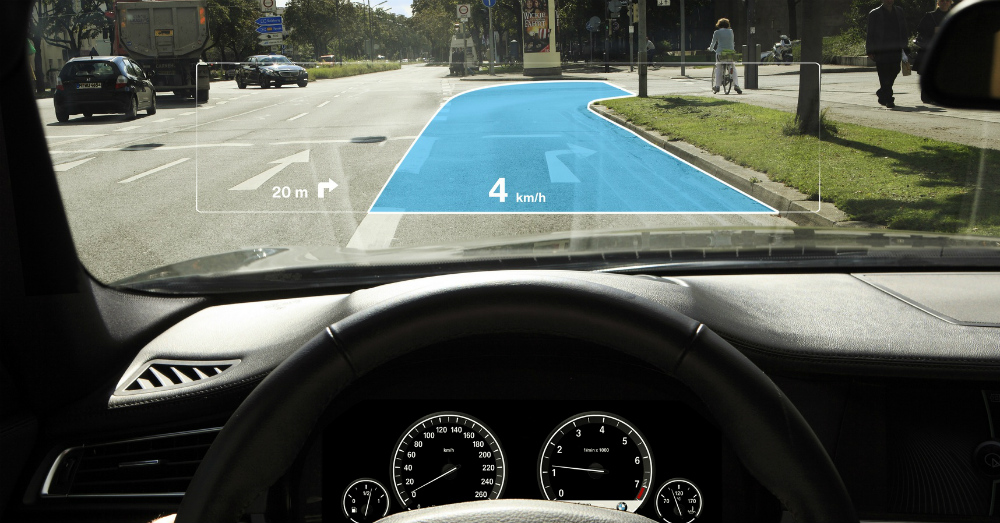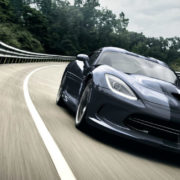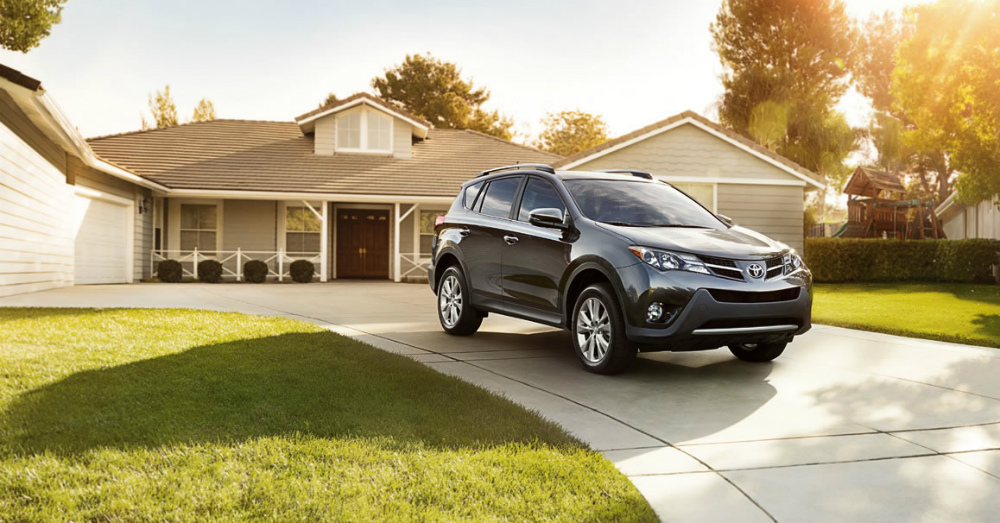Heads-up display units are becoming more commonplace in cars, trucks, and SUV’s. Especially on the higher end models. Not only do they provide futuristic looking fun features in your vehicle, but they offer more safety and comfort to drivers and occupants. When your eyes can look not only at the road, but also at your speed, and other important features like fuel level, temperature gauge etc, everyone is a little more safe.
Some analysts believe that the heads-up display market will grow rapidly in the near future. They predict that the market could grow by up to 57% from 2014-2019. The primary reason for the sudden increase seems to be an increase in vehicle accidents on the road. This has triggered more rigorous safety regulations and raised awareness of safety features such as heads-up display units.
With the desire to increase safety and include units in more vehicles, there is a small issue that comes into play. Manufacturers are trying to find ways to increase production without increasing the cost and making the heads-up displays more accessible in lower model end vehicles, giving more people access to vital safety features in their cars, trucks, and SUV’s.
There are various different displays available on the market. Some of those include laser display technology, holographic displays, and pico-projector displays. Some well known companies like Pioneer, Delphi, Panasonic, Toshiba, Garmin, Honeywell currently produce heads-up display units as do some less well known companies like Thales, Visteon, Esterline Technologies, and a list of others as well.
Between now and 2019, we can expect for heads-up displays to become more cost effective in our vehicles. We can expect to see them in not only luxury and high-end models, but in the low and mid-range models as well. With safety on the mind of law and automakers as well as consumers, this seems like a good direction to head in. It also makes sense that autonomous vehicles may take use of some of this technology as well, but there is no firm word yet.




